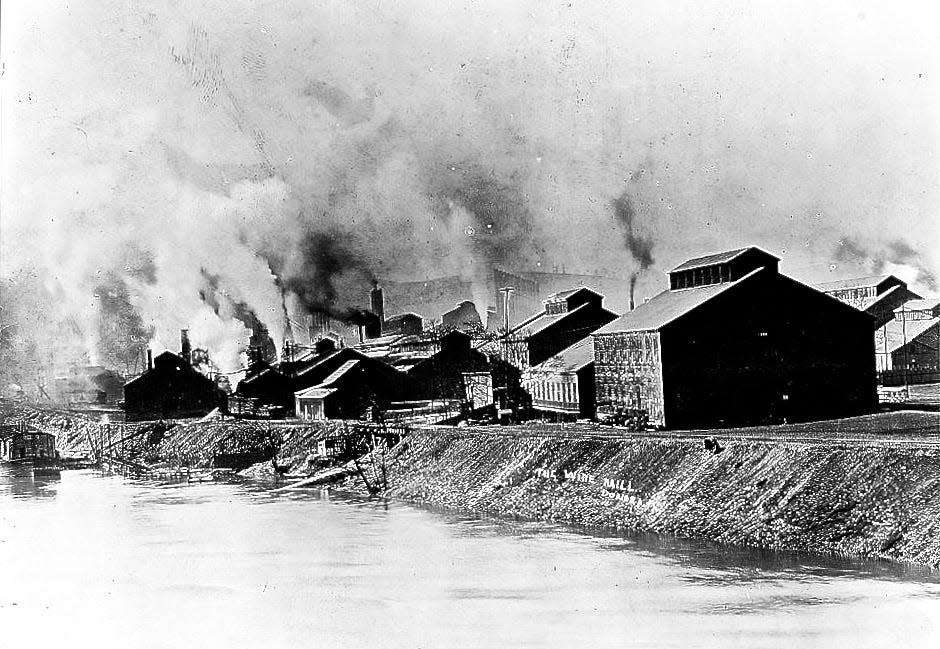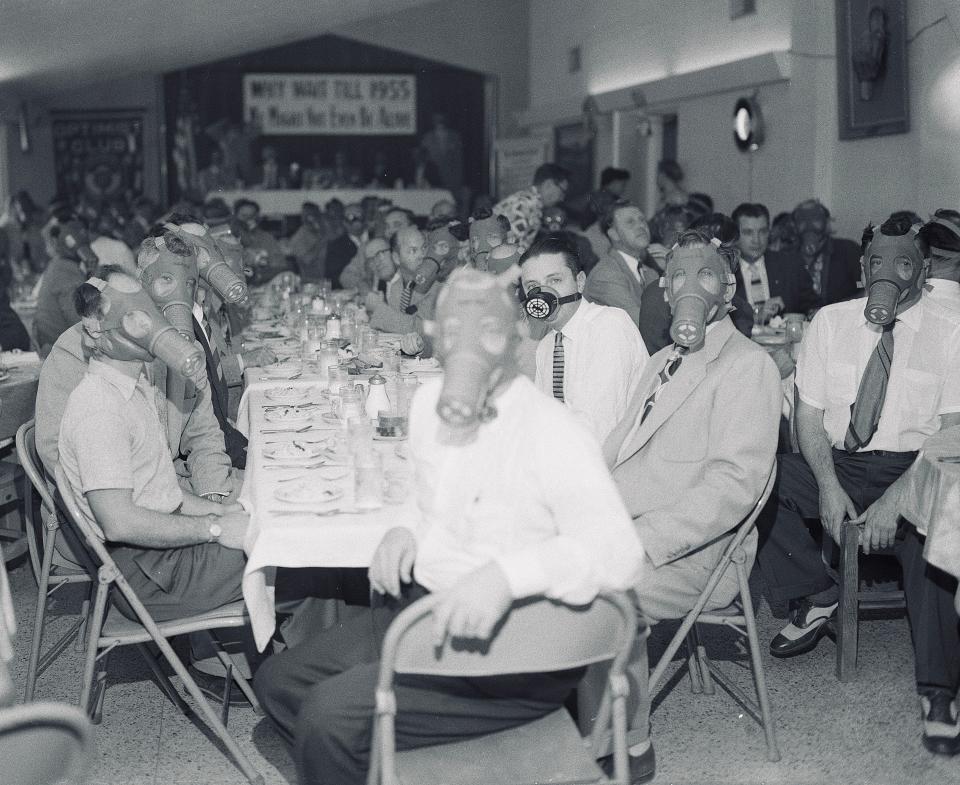Unfriendly Skies: A history of smoke in the air
Red sky at night, sailor's delight. Red sky in the morning, Canada is having wildfires.
I might have changed the words slightly to this ditty as we live through the worst air quality summer in my memory. Massive wildfires near Quebec have turned July’s steamy skies hazy.
We need to add a new adjective to our meteorological lexicon — “chokey skies.”
As I'm writing, walking outside smells like being inside a campfire. The young, old and those with respiratory illnesses are most vulnerable, although everyone has been suffering sore throats, watery eyes and raspy voices.
Thanks to increasing planetary warmth caused by man-made global warming (yes, it is real; get over it) we will see this once-in-a-lifetime event again in our lifetimes.
Yet despite this new normal, there are several old examples of unfriendly skies resulting from human environmental heedlessness.

The Donora smog incident of 1948 was the worst air pollution event in the 20th-century United States.
Donora lay 160 miles northwest of Hagerstown, a small mill town along the Monongahela River. Just south of Pittsburgh, Donora housed two major U.S. Steel factories making zinc, steel and wire. These plants discharge large amounts of hydrogen fluoride and sulfur dioxide emissions.
Shortly before Halloween, on Oct. 27, 1948, a rare temperature inversion blanketed the town in deadly smog for five days — sickening half of the town’s 14,000 residents and outright killing 20.
It also helped kill the town.
The two plants were closed less than two decades later, and the small town that houses the Donora Smog Museum now has less than half the population it had in 1948.
Four years later, the Great Smog of London impacted far more people.
From Dec. 5-9, 1952, a unique weather pattern and pollutants from coal-burning helped create a so-called “pea-soup smog” that outright killed a minimum of 4,000 Londoners and injured another 100,000.
Now the London Fog is famous from Dickens to Sherlock Holmes, but the 1952 event was at an entirely new level.
Above-ground public transport ceased, and private drivers ventured out at considerable risk as visibility was reduced to a meter or so, even in daytime. At night, visibility was virtually nil.
Masks became the norm for those who could get them, while other Londoners choked even while indoors.
In both the United Kingdom and the United States, these airborne catastrophes mobilized the citizenry to lobby for clean air acts that helped reduce the incidence of such deadly smog in these cities.

Other cities, like Los Angeles, have suffered endemic smog since the 1940s, and Los Angeles retains the dubious title of worst air quality in the nation.
So, what possibly could Hagerstown, Donora and London have in common?
First, many of the victims were children — those least likely to be the cause of the disaster.
Second, the causes of the catastrophes were man-made, not an “act of God” as U.S. Steel tried to claim at Donora.
The final similarity is that smokey skies can, ironically, allow us for a moment to see our mistakes and possible solutions more clearly.
Mark Madison lives beneath the occasionally smokey skies of Hagerstown.
More Mark: Think you know all about robins? You might not know as much as you think you do.
This article originally appeared on The Herald-Mail: Parts of Canada are on fire. And we're feeling the effects

